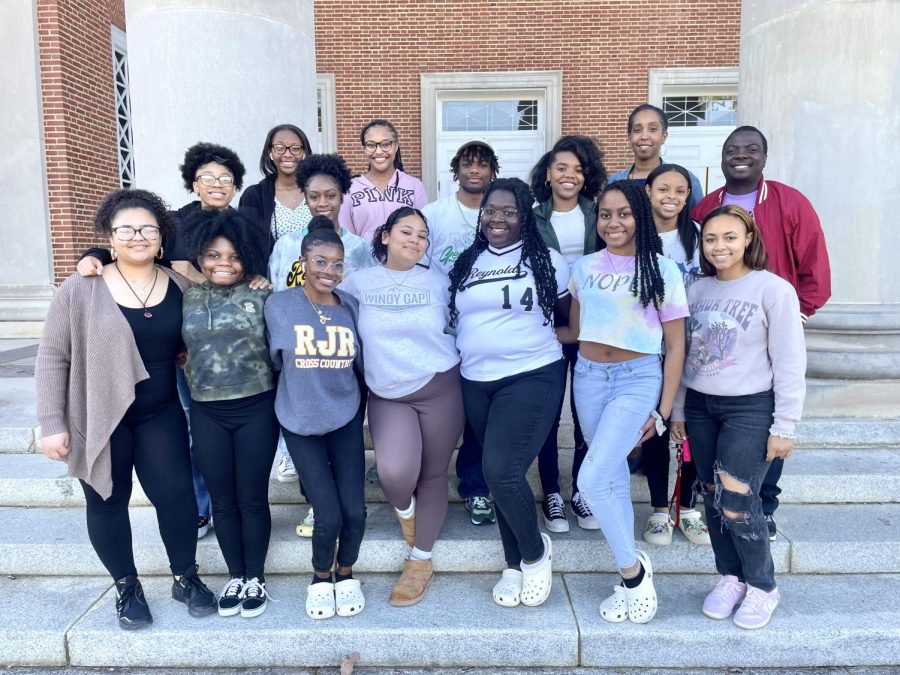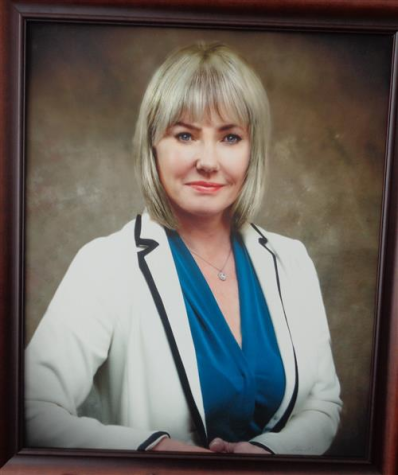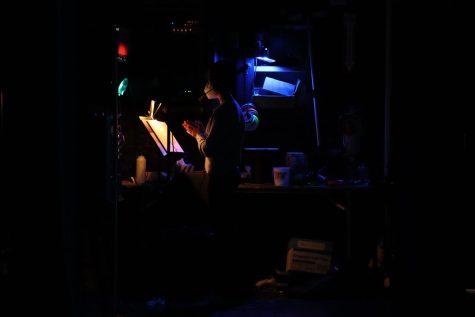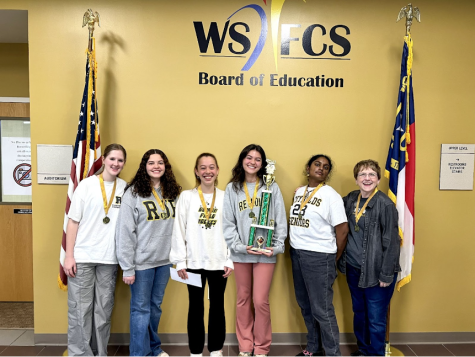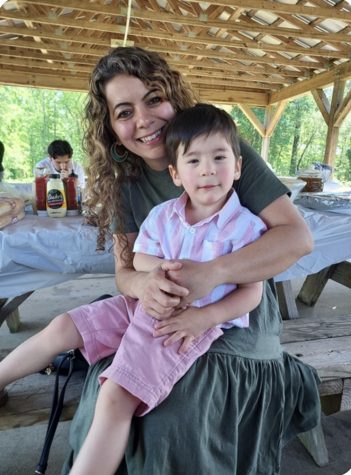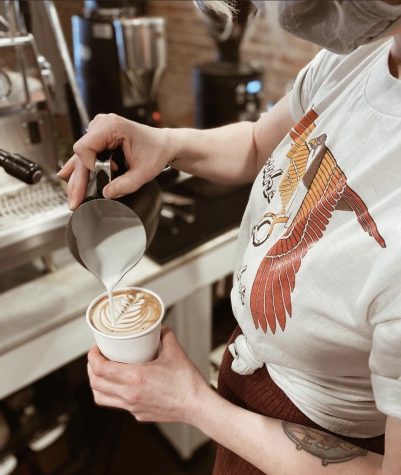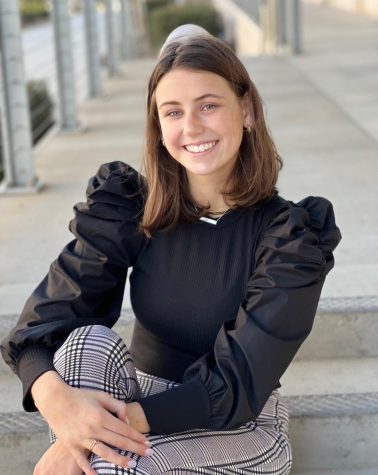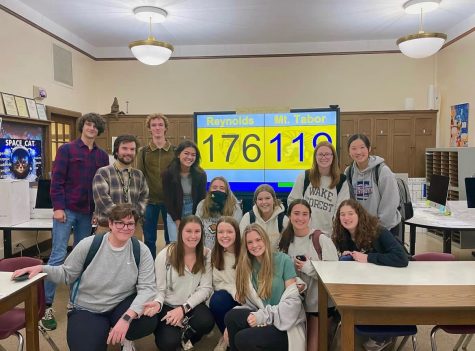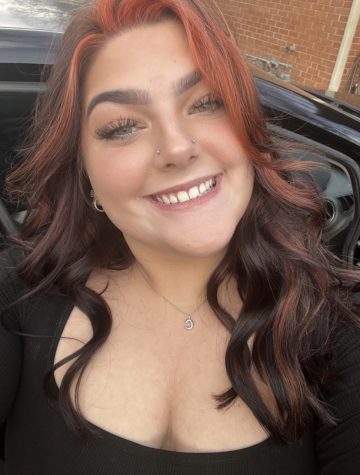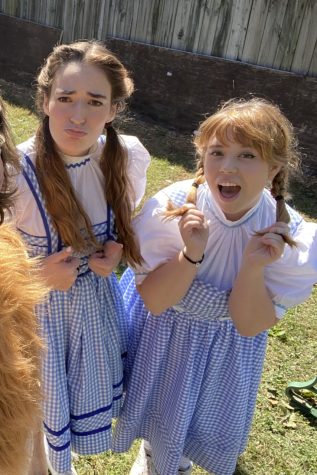Ebony Society paves the way for diversity
Photo provided by Shannon Kawalec.
Ebony Society comes together on the steps of the Reynolds Auditorium.
March 17, 2023
In the mid-1900s, The Civil Rights Movement paved the way for US citizens, workers, and students to make a change. Due to unfair treatment and lack of resources, Hispanic and Black students around the country had a walkout in 1969, shortly after, the Ebony Society at RJ Reynolds High School was founded.
To create a sense of belonging for Black Reynolds students in a predominantly white high school, where representation was severely lacking for people of color, the Ebony Society met regularly throughout the year to socialize, form bonds, and plan activities together. Black History Month especially was a highlight for the club, as members planned out an entire week’s worth of activities, with a program in the auditorium on the last day of the week.
Katie Gailes, a previous student at Reynolds in the 70s, was supportive of what Reynolds had grown to be when she was a student but knew the school was capable of more.
“There was not enough Black representation when I was at Reynolds,” Gailes said. “But the Black representation was higher than it had ever been.”
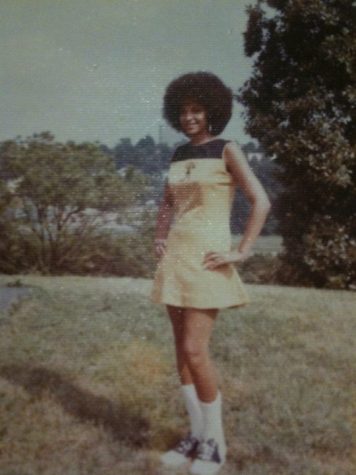
At Reynolds, Gailes helped to break the barrier as one of the two Black girls on the pep squad which was a first for the school. She also became the third president of the Ebony Society since its founding in 1970. After Gailes’ presidency, the clubs advocating for change helped increase the diversity at Reynolds in the Pep Squad, Dancing Boots, and Student Council since students felt more supported.
“We had the highest number of Black girls in Dancing Boots and, my senior year, we elected by a landslide vote, the first Black student body President; John X. Miller,” Gailes said. “So, progress was being made.”
While Gailes has not lived in Winston-Salem since her graduation from Reynolds, she knows that creating a school that accepts everyone’s culture involves constantly learning from one another and having awareness of others.
“It is important that Reynolds create an environment where every student feels welcome, supported, safe, and heard,” Gailes said. “We have to work to avoid acting based on unconscious biases and stereotypes.”
Since the 1970s, Reynolds has increased its diversity and Black students have impacted the school more than ever before. Ebony Society has grown to not only celebrate Black History Month but also participate in multiple service projects throughout the year. Vice President of Ebony Society, Danielle Moody is proud of the work her club members, past and present, have put into the school and for the Black community.
“Currently, through our extensive club alumni connection, Ebony Society has been able to gain access to the Winston-Salem Foundation in efforts to fund our first annual “Give A Kid A Coat” coat drive,” Moody said. “This is such a huge accomplishment for Ebony Society because it showcases just how much our club members don’t forget about us after they leave the club as well as how lifelong connections are made and contribute to the cycle of positive outreach that Ebony Society aims to encourage and sustain.”
Since Moody joined Ebony Society as a freshman in 2019, participants in the club have increased, allowing her to work with the Black Student Union at Reynolds. With BSU, the club has gone to CIAA in Charlotte and started their annual college tour field trips where the club travels together to visit Historically Black Colleges and Universities.
After Moody graduates from Reynolds at the end of this school year, she will pass on the torch of Vice President to another member, but this will not stop her connection to the club. With many aspirations yet to be accomplished, Moody imagines a bright future for Ebony Society.
“I see the club taking its truly dedicated members to places they’ve never seen or heard of before and really becoming a melting pot of Black joy and Black excellence,” Moody said. “Ebony Society is just that. A culture where Black and Brown students of RJR collaborate, excel, learn, and lean on each other.”



